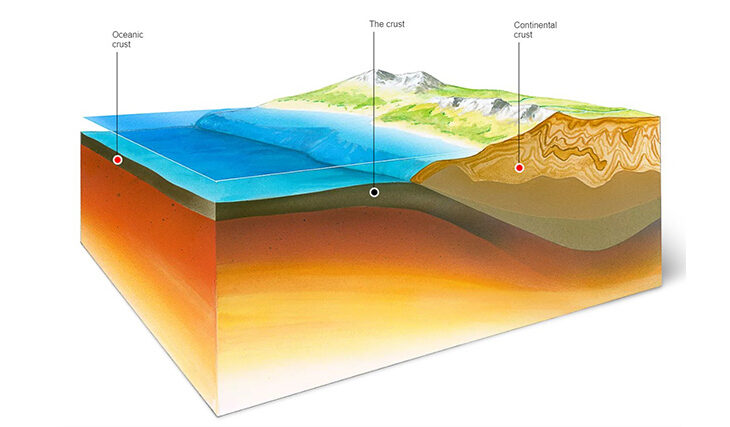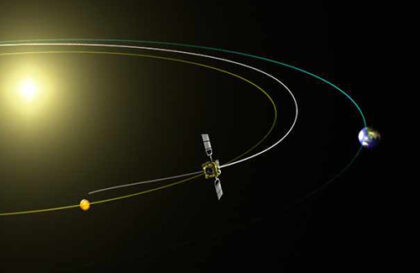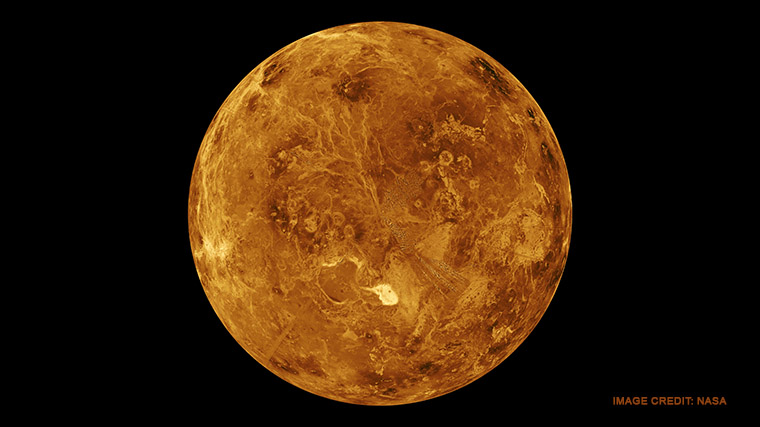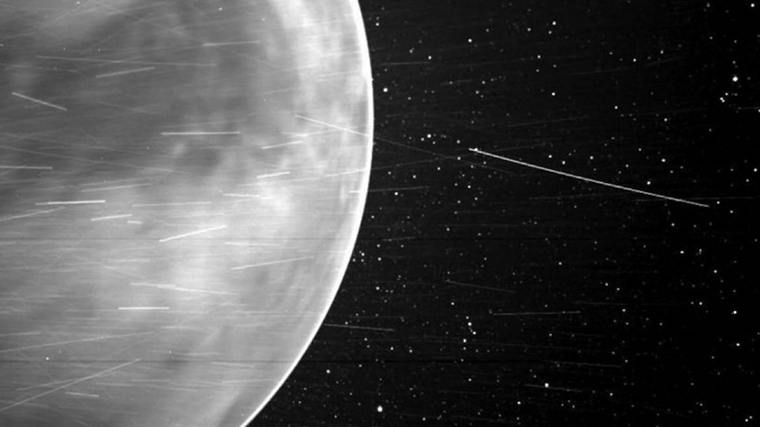The thickness of the crust of Venus and the Earth differs significantly. Venus has a crust 70 kilometers (43 mi) thick and is composed of silicate rocks. Venus lacks oceanic and continental plates, making its crust more homogeneous than Earth’s.
The earth has a much more varied crust. The thickness of the crust on Earth varies from 5-10 kilometers on the ocean floor to more than 30-40 kilometers on the continents. This diverse crust is made up of various types of rocks, including basalt, granite, shale, and others. The crust of the Earth is also actively changing due to the processes of tectonic activity, including mountain building and volcanism.
The exact reasons why Venus has a thicker crust compared to Earth are not fully understood, but there are several possible explanations proposed by scientists.
One possibility is that Venus has experienced a different geological history compared to Earth. Early in its history, Venus is believed to have undergone a process called “global surface renewal” where the planet’s entire surface was essentially repaved by volcanic activity. This intense volcanic activity may have contributed to the thickening of Venus’s crust.
Another factor that may have contributed to Venus’s thicker crust is the planet’s lack of plate tectonics. On Earth, the movement of tectonic plates plays an important role in shaping the Earth’s crust and recycling material back into the mantle. This process, known as subduction, helps maintain the Earth’s relatively thin crust. However, there is no active plate tectonics on Venus, which means that material is not constantly flowing back into the mantle. This lack of subduction may have allowed the crust to build up over time, resulting in a thicker crust on Venus.
It is important to note that our understanding of the geology of Venus is still limited and further research is needed to fully understand the reasons for the differences between Venus and Earth.
Image credit:
https://www.dkfindout.com
https://arstechnica.com/




